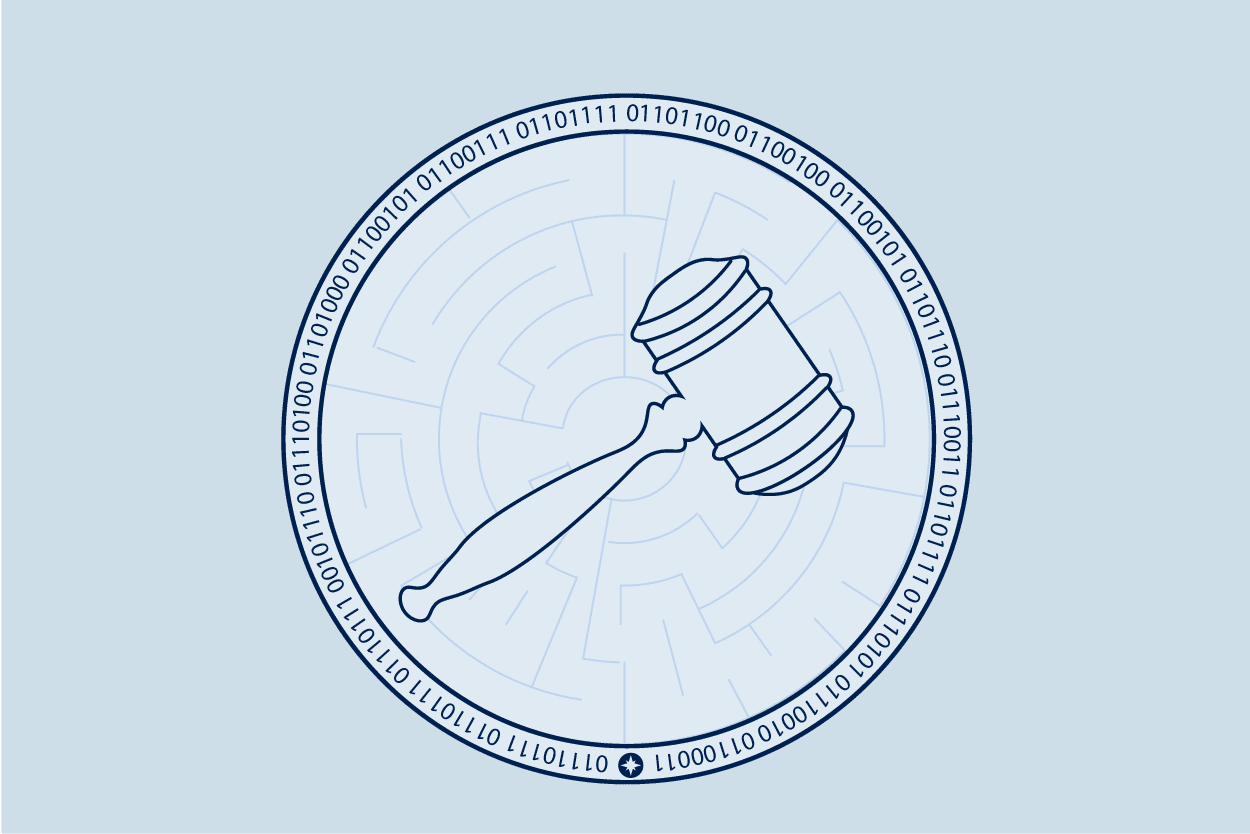Both European and US regulators have started taking steps, however tentative, to set regulatory standards for digital asset and crypto trading, which will create further requirements for digital assets data.
On March 14, the European Parliament adopted Markets in Crypto Assets Regulation (MiCA), intended to promote stability in crypto markets, but stopped short of a ban on bitcoin, removing that provision from the final version of the regulation that it approved.
Earlier, on March 9, the Biden Administration issued an executive order assigning regulatory responsibilities to various agencies. The order requires the agencies to issue policy recommendations by September 2022. On March 28, however, the US Securities and Exchange Administration, went a step further with a proposal that would extend securities dealer designation and supervision to digital asset traders. Cryptocurrency interests attacked the plan, saying that it would completely kill decentralized finance (DeFi) technology. DeFi includes blockchain applications that handle digital assets.
Executive Order on Ensuring Responsible Development of Digital Assets
Biden’s order assigned responsibility for investor and market protection from digital asset risks to the SEC along with the CFTC, Federal Reserve, and the Office of the Comptroller of the Currency. It also assigned the US Treasury to examine the future of money and payment systems, as well as the impact of digital asset activities on consumers, investors and businesses. As an analysis by the Gibson Dunn law firm notes, the order doesn’t set any new rules or regulations for digital assets, nor does it change the scope of any agency’s jurisdiction. However, in order to respond to the inevitable regulations that will evolve, firms will need to become familiar with handling digital assets data.
Since Biden’s inauguration, ESG reporting standards had been the only area where the Administration, Congress, or the SEC had put forward any potential regulatory changes governing the financial services industry.
Europe’s MiCA legislation, similar to the Biden Administration order, lays out responsibilities for various regulatory agencies and instructs them to develop policy recommendations concerning digital asset trading. The MiCA legislation includes concerns about stablecoin, the specialized cryptocurrency that can be pegged to commodities or fiat money.
Dealer registration scope
The SEC proposal concerning securities dealer designations redefines dealers to include parties who electronically trade US Treasurys. This may sound like a slight semantic change but it could have the effect of putting liquidity providers with more than $50 million in assets under the SEC’s supervision – and requiring them to register as securities dealers.
The SEC’s statement around the proposal includes registration, along with requirements to join a self-regulatory organization for regular governance. SEC chair Gary Gensler noted that the registration requirement is intended to apply to all firms that make markets or “perform important liquidity providing roles.” At the $50m threshold, many crypto projects would fall within this definition, not only impacting DeFi projects, but also liquidity for alt coins, many of which are used to facilitate processes on decentralized applications.
Gensler also stated that buying and selling patterns that aren’t explicitly included in the proposal’s new definition and standard may still be enough to require registration. These patterns include routinely buying and selling the same securities, routinely expressing certain trading interests, earning revenue mainly from capturing bid-ask spreads, and accepting incentives from trading venues to supply liquidity.
The next step for the SEC proposal is a public comment period through the end of May. The next question for financial services firms engaged in digital asset trading business is what data will be needed to ensure compliance with the SEC’s proposal if it is put into effect.
Digital assets data challenges
A key data assets data challenge will undoubtedly arise from the lack of standardized pricing methodologies of crypto assets. Pricing will also likely involve a combination of on- and off-chain data, with a further complexity arising if price data that is aggregated and/or derived off-chain then needs to be used on-chain. This will require an additional oracle capability, i.e. a trusted way of bringing external data onto a trustless, decentralized protocol. For anyone interested in an introductory discussion around pricing cryptos, this edition of the Uncommon Core podcast, address How to Value Crypto Assets.
A data model is the key starting point for any financial organization or DLT/web3 protocol looking to price digital assets and ensure all related reference data can be easily and logically linked and accessed. As ever, having the fundamental capabilities in place will position business to accommodate regulatory demands and the evolution of the crypto and DeFi space in general.
For a conversation about mastering prices of traditional financial and digital assets, please contact us


